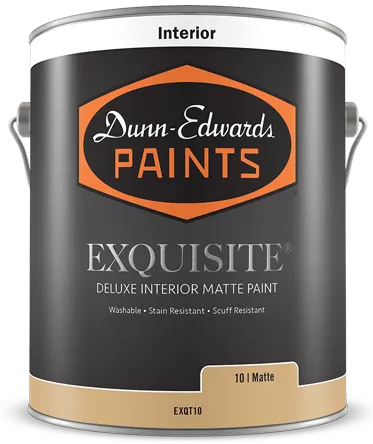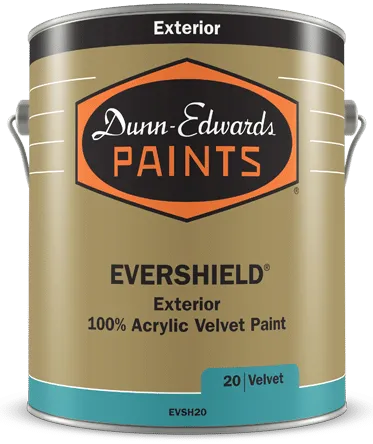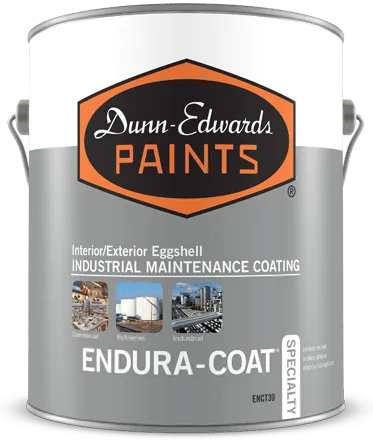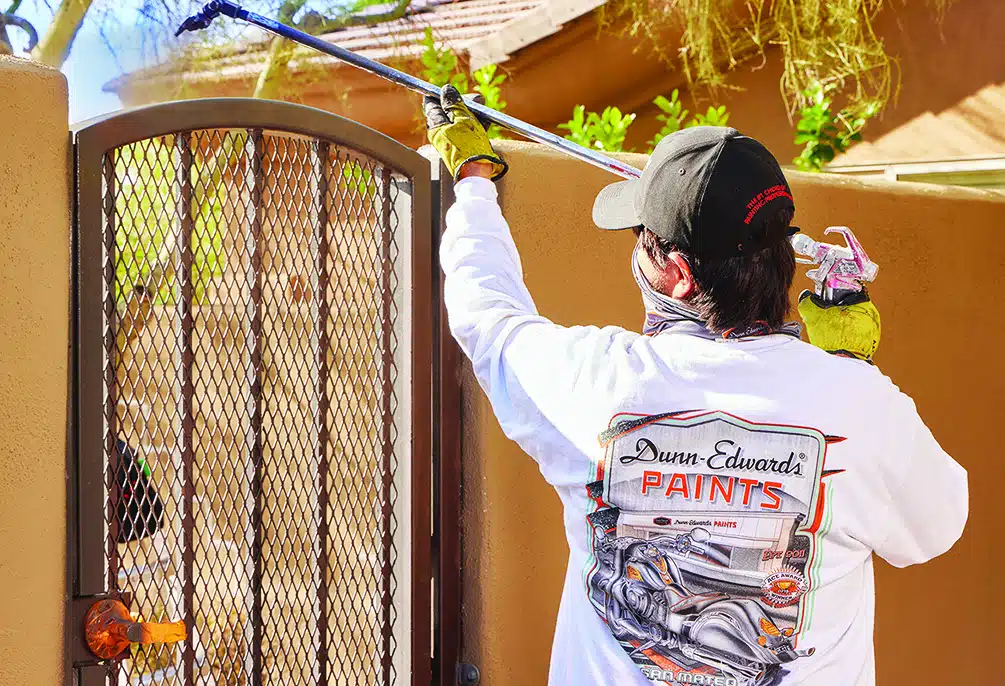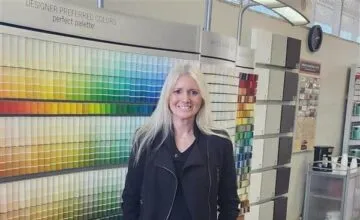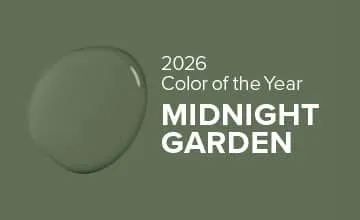How to Touch Up Paint on Walls
07/11/2015 | Dunn Edwards |
Even when you follow all the proper painting techniques, the best paint jobs sometimes need a little attention over time. High-traffic areas like hallways, bathrooms, and walls near light switches are prone to wear and tear. Occasionally, areas missed during the original application or damaged afterward must be freshened up.
While a touch-up may sound easy, matching the original finish can be challenging. Factors like the availability of the same paint and the aging of the existing wall paint can make blending difficult, which is why products like SUPER-WALL® with excellent touch-up properties are so valuable. However, with the right steps, you can achieve an acceptable blend that’s barely noticeable.
Step-by-Step: How to Blend Touch Up Paint
Follow these tips for a successful wall paint touch-up:
1. Clean the Surface
Following proper preparation techniques:
- Remove any dirt, dust, grease, or oils
- Ensure the surface is completely dry
- Eliminate any peeling or loose paint
2. Use the Same Paint
- Use leftover paint from the original job if possible, or use our InstaColor® tool to match the exact color if you need to purchase new paint.
- If using new paint, confirm the base, color formula, and product match exactly
- Apply paint using the same method as the original (e.g., roller or brush)
- This improves results when learning how to blend new paint with old paint on wall surfaces
3. Thin the Paint (if needed)
- For smooth walls and non-flat, water-based paints, thin the paint 5–10% with clean water
- Thinned paint helps reduce sheen differences between old and new areas
4. Choose the Right Roller
- Use a 'weenie' roller with a high-quality synthetic cover from our professional painting supply collection for the best results.
- Select a nap thickness between 1/4" and 1/2"
5. Apply with a Light Hand
- Load the roller with as little paint as necessary
- This helps minimize film buildup and avoid obvious patching
- For best results, learn how to blend paint on wall surfaces using smooth, even strokes
6. Avoid Feathering with a Brush
- Do not feather brush strokes into surrounding areas—this can create a visible halo
- If using a roller, feathering is more forgiving and can help blend color and sheen
When Should You Repaint the Entire Wall?
If the surface has many touch-up areas or the patches are still obvious after blending, it's best to repaint the entire wall from corner to corner, possibly even choosing a fresh color from our Perfect Palette collection. This provides the most uniform and professional-looking result.
Common Mistakes to Avoid
- Skipping surface cleaning before touch-up
- Using a different paint base or sheen
- Applying too much paint
- Touching up with a brush instead of a roller on smooth walls
- Ignoring the basics of how to blend paint touch-ups effectively
Quick Checklist: Touching Up Like a Pro
- Clean the wall thoroughly
- Match paint type and application method
- Thin paint slightly if needed
- Use a weenie roller for smooth blending
- Avoid overloading the roller
- Don’t feather with a brush
FAQs: Touch-Up Paint Blending
How long does it take for touch-up paint to blend in?
Touch-up paint can take a few hours to several days to thoroughly blend in. Drying and curing conditions, lighting, and paint sheen affect how soon it visually matches.
Will touch up paint eventually blend in?
In some cases, yes. The touch-up area may become less noticeable as the paint cures and adjusts to the surface and lighting. However, perfect blending is not always guaranteed.
What if touch up paint is not blending?
If the touch up paint is not blending, it could be due to incorrect application, mismatched paint, or sheen variation. Try sanding lightly and reapplying thinned paint with a roller. In stubborn cases, consider repainting the entire wall.
How to fix bad paint touch up on walls?
With our wall care guidelines, you'll learn how to fix even the most challenging paint touch-ups on walls.
Sand the area lightly, clean it, and reapply paint using the correct roller and a thinned version of the matching paint. Blending techniques and multiple coats may be needed to correct inconsistencies.



